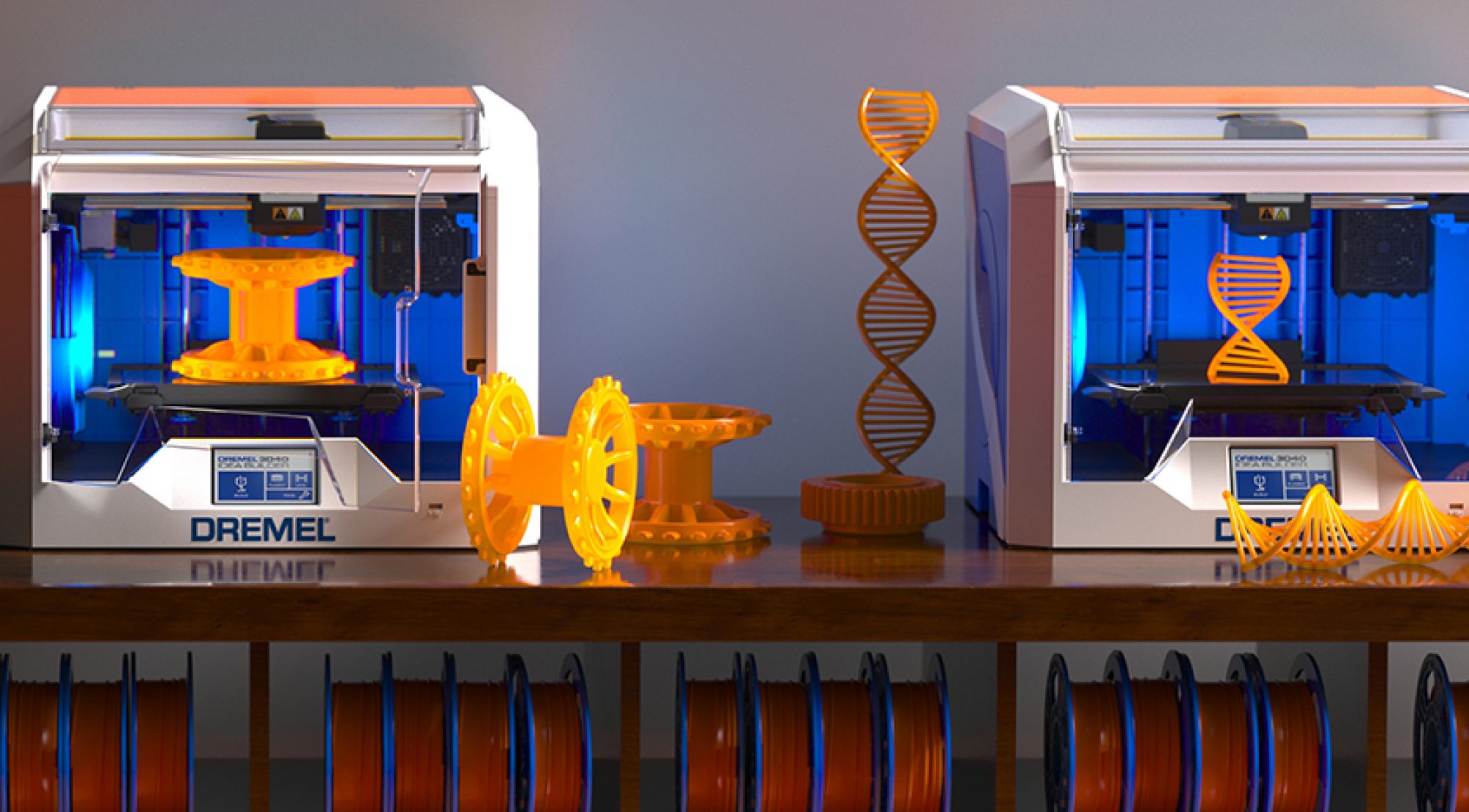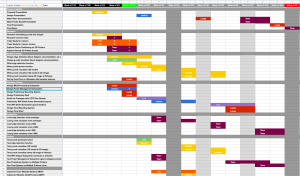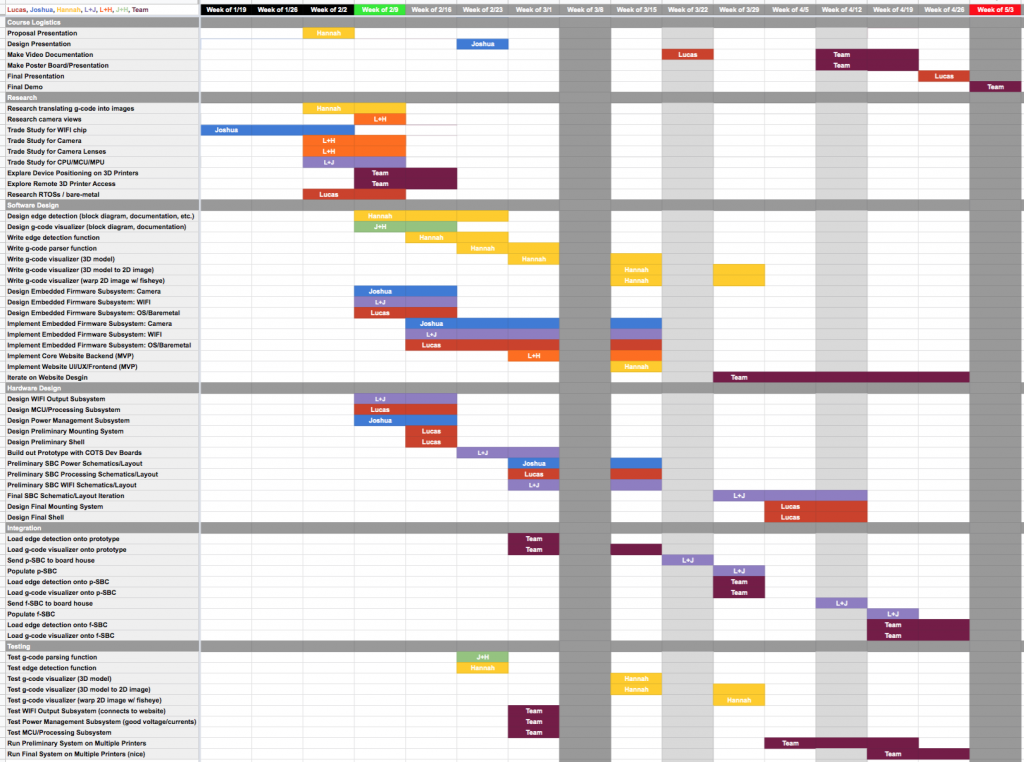This past week I finished up the trade study on the different camera modules and we came to a conclusion on what to get.
We decided to go with the TTL Serial JPEG Camera with NTSC Video from adafruit [link]. We chose this one because of it’s price and some extra capabilities that it has that will make our time working with the module, such as a DSP Management tool that will allow us to tweak basically all of the features on the camera as well as simplify testing. We are also purchasing a separate camera lens that will cover a viewing angle of 116° rather than the standard 56° [link].
Other than this, I worked a lot on learning more about different edge detection methods and ways to parse and reconstruct a 3D image out of g-code. I found a repo on Github for g-code reading which I plan to modify in order to better suit our needs [link].




